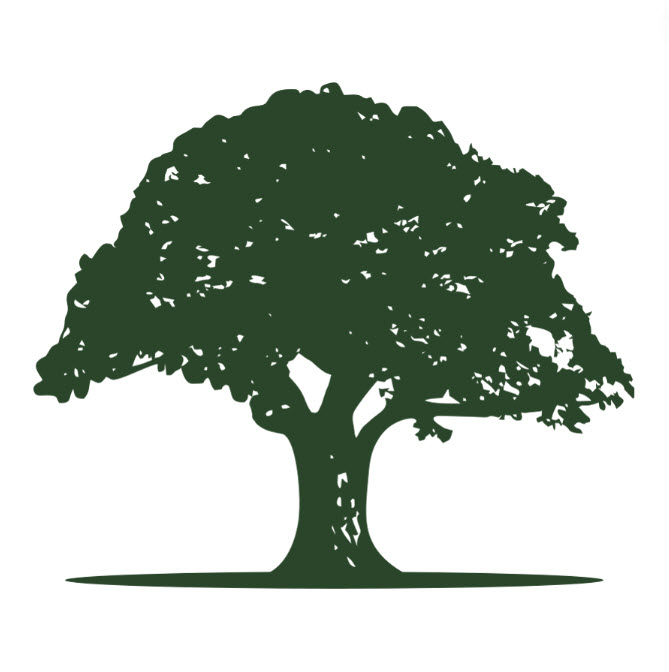Storm Damage
Trees provide beauty, shade, and environmental benefits, but during storms, they can become dangerous. Severe weather, such as strong winds, heavy rain, or ice, can cause significant damage to trees, posing risks to property and personal safety. Tree services are essential for both preventing storm damage and responding to its aftermath. With regular maintenance, expert evaluations, and emergency response, professional tree care helps ensure the health and stability of trees, especially when faced with extreme weather conditions.
The Value of Routine Tree Maintenance
Proper tree care is one of the most effective ways to reduce the risks of storm-related damage. Trees that are well-maintained are more resilient to the harsh impacts of weather events. Pruning, trimming, and regular inspections allow homeowners to address potential hazards before storms hit.
Professional tree services can identify structural weaknesses, diseases, or areas where a tree might be vulnerable to damage. For example, dense tree canopies can act like sails in strong winds, increasing the risk of branches breaking or the entire tree toppling over. By thinning the canopy, tree experts reduce wind resistance and help the tree remain more balanced.
Root health is another key component of a tree’s ability to withstand storms. A strong, well-developed root system helps anchor the tree firmly in the soil, making it less likely to be uprooted during periods of heavy rain or flooding. Proper care, including mulching and fertilization, supports healthy root growth.
Types of Storm Damage to Trees
Storms can damage trees in various ways, depending on the type of weather event. Common types of storm damage include:
Wind Damage: High winds are particularly dangerous for trees. Strong gusts can break branches, crack trunks, or even uproot trees entirely. Trees with shallow root systems or existing structural issues are especially susceptible to wind damage.
Heavy Rain and Flooding: Prolonged periods of rain can saturate the soil, weakening a tree’s root system. Over time, this can cause trees to lean or fall, especially if the ground is too soft or poorly drained. Flooding also deprives tree roots of oxygen, leading to long-term health problems or death.
Lightning Strikes: Tall trees often act as lightning rods during storms. When lightning strikes, the intense heat causes the sap within the tree to vaporize, resulting in bark splitting or even exploding limbs. Though trees do not always die immediately after a lightning strike, the damage makes them more vulnerable to disease, pests, and decay.
Ice and Snow: In colder climates, ice storms and heavy snowfall can weigh down tree branches, causing them to snap or break. Trees with dense canopies or brittle wood are particularly prone to this type of damage. The additional weight of ice and snow can also lead to entire trees falling, especially those with pre-existing structural weaknesses.
Emergency Tree Services: Responding to Storm Damage
When storms cause damage to trees, quick action is often needed to address hazardous situations. Fallen trees can block roads, damage homes, or bring down power lines, creating immediate safety concerns. This is where emergency tree services come into play.
Emergency tree services offer rapid response to assess and resolve dangerous conditions. If a tree has fallen or is at risk of falling, professionals can safely remove it using specialized equipment and techniques designed to minimize further property damage. In cases where trees are not completely destroyed, but have suffered damage, arborists may be able to salvage the tree by using cabling or bracing to stabilize it.
After a storm, cleanup is also a critical part of the process. Tree services handle the removal of broken branches, debris, and other hazards that could cause additional damage or accidents. This ensures that properties are restored to a safe condition quickly.
The Role of Arborists in Tree Damage Assessments
After a storm, a certified arborist is the best resource for assessing the extent of tree damage. Arborists are trained to evaluate a tree’s health and structural integrity, helping determine whether it can be saved or if removal is the safest option.
The assessment includes checking the tree for cracks, root damage, and other structural issues that might not be immediately visible. Arborists also look for signs of disease or decay that could make the tree more vulnerable in the future. This expertise ensures that the right decisions are made for both safety and the long-term health of the tree.
Arborists also provide valuable guidance on preventing future storm damage. They can recommend proper pruning techniques, suggest tree species better suited to the local environment, and offer tips on maintaining tree health through regular care.
Insurance and Tree Damage
Storm-damaged trees can cause significant damage to homes, cars, and other property, leading many homeowners to seek insurance assistance. Homeowners’ insurance policies often cover the removal of fallen trees and the repair of any associated property damage, but coverage varies depending on the policy.
In most cases, if a tree falls and causes damage to a covered structure, insurance will cover the costs of removal and repairs. However, insurance may not cover the removal of trees that are still standing but pose a potential future threat. Understanding your insurance policy and what it covers is essential before storm season begins.
Tree service companies can assist homeowners with the insurance claims process, providing necessary documentation and assessments that help ensure the claim is processed smoothly.
Helping Trees Recover After a Storm
Not all trees that are damaged during storms need to be removed. With the right care, many trees can recover and continue to thrive. Tree services offer several techniques for helping trees heal after storm damage:
- Pruning Damaged Branches: Removing broken or damaged limbs helps the tree focus its energy on healing. Proper pruning also reduces the risk of disease or pests entering the tree through exposed wounds.
- Fertilization and Mulching: After a storm, trees may experience stress due to nutrient loss or root damage. Fertilization and mulching can help restore these lost nutrients and encourage healthy root regrowth.
- Monitoring for Pests and Disease: Storm-damaged trees are more vulnerable to infestations and infections. Regular monitoring and timely treatment can prevent further decline and protect the tree’s overall health.
Preparing Trees for Future Storms
While it’s impossible to prevent all storm damage, proactive tree care can significantly reduce risks. Some of the best practices for protecting trees against future storms include:
- Choosing Resilient Tree Species: Some tree species are naturally more resistant to storm damage than others. Consult with an arborist to select trees that are better suited for the local climate and weather patterns.
- Planting in Safe Locations: The location where a tree is planted plays a critical role in how well it will withstand storms. Trees planted too close to homes, roads, or power lines pose additional risks. Strategically placing trees away from structures reduces the chances of damage.
- Regular Maintenance and Inspection: Keeping trees healthy through routine pruning, inspections, and care reduces their vulnerability to storm damage. Identifying and addressing weak spots, disease, or structural imbalances before a storm hits can save the tree and prevent costly damage.
Storm damage is an inevitable challenge for trees, but with proper care and timely response, the risks can be managed effectively. Tree services play a vital role in maintaining the health and safety of trees, both before and after storms. By working with professional arborists and investing in regular maintenance, property owners can protect their homes, landscapes, and the trees themselves from the potentially devastating effects of severe weather. Whether it’s emergency tree removal, storm damage assessments, or long-term health care, tree services are essential for managing the impact of storms on both trees and property.

